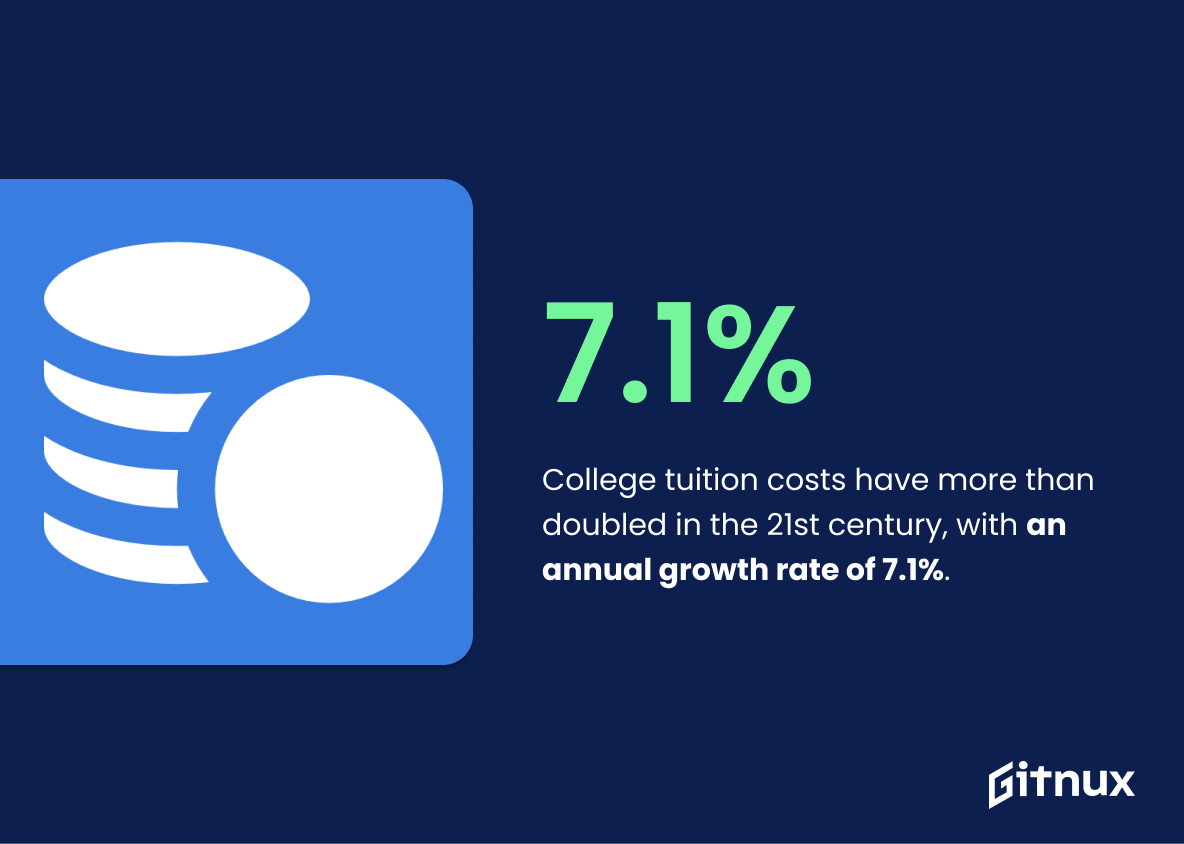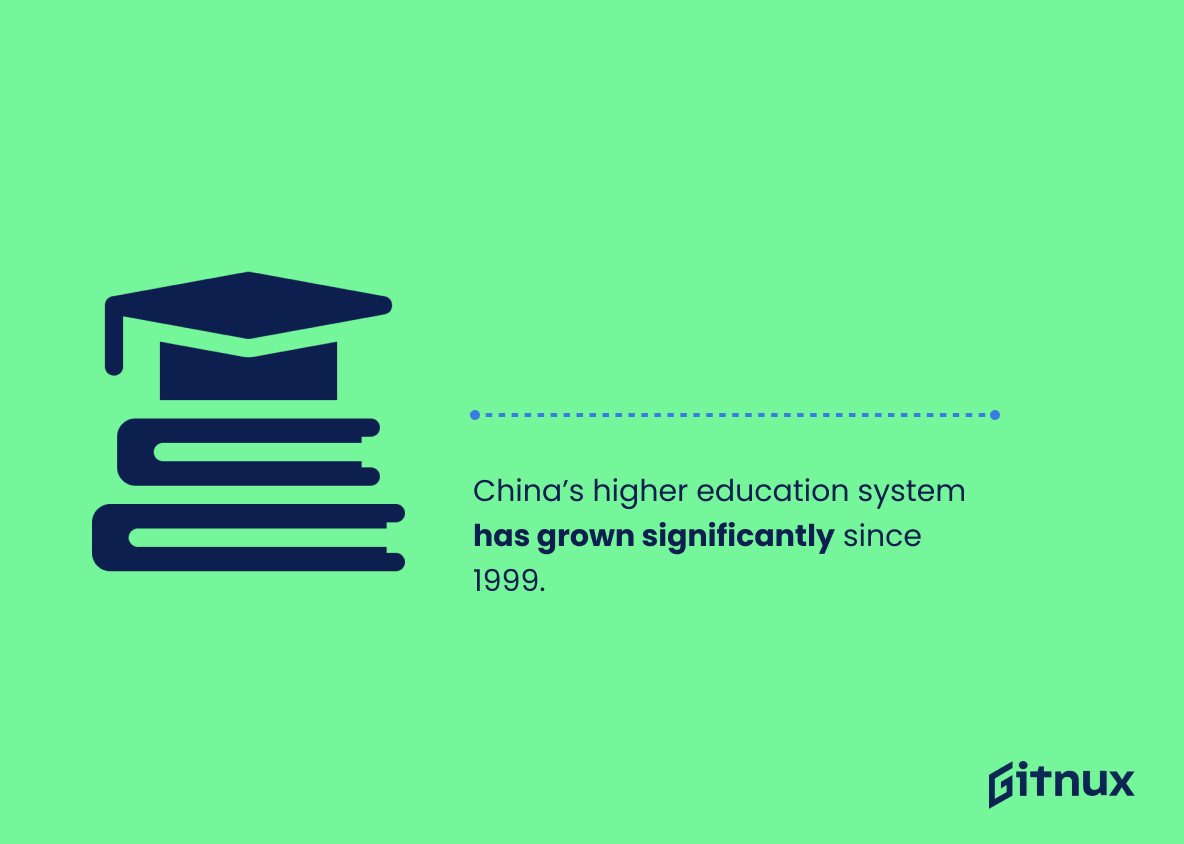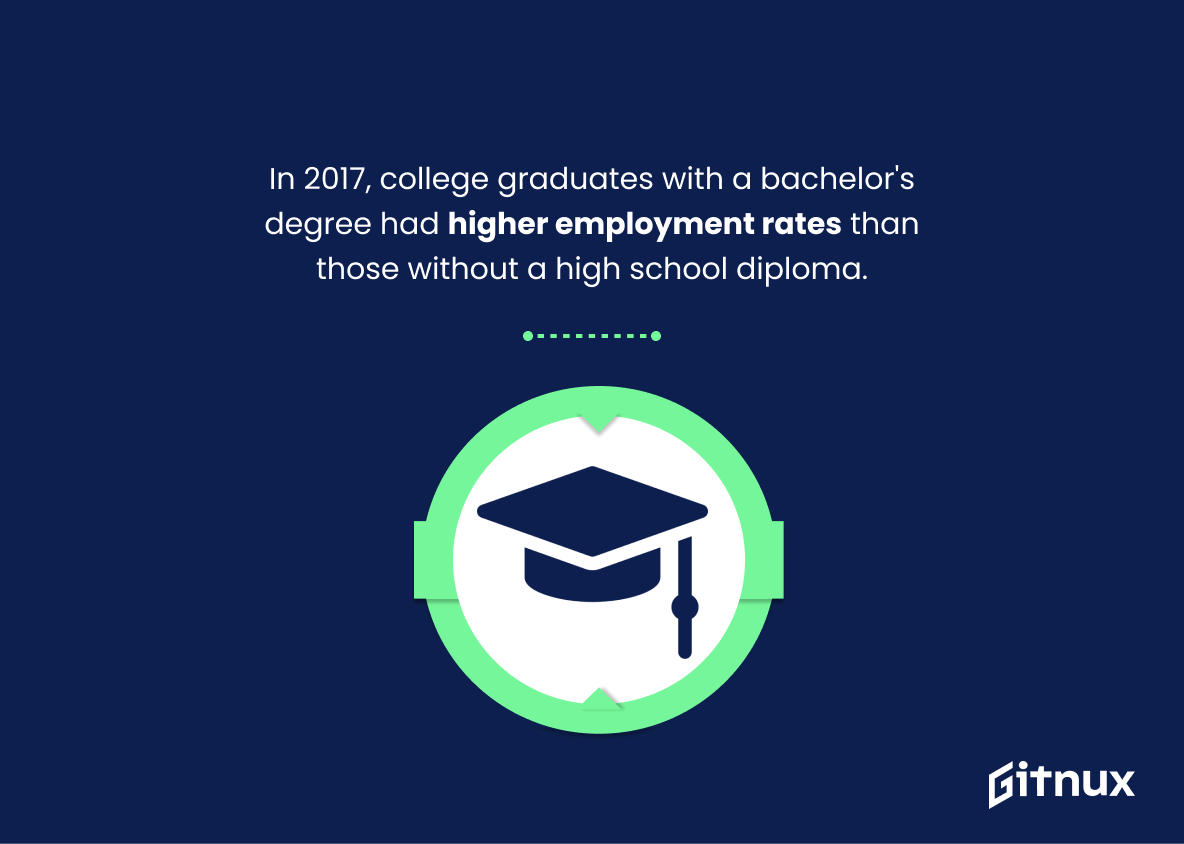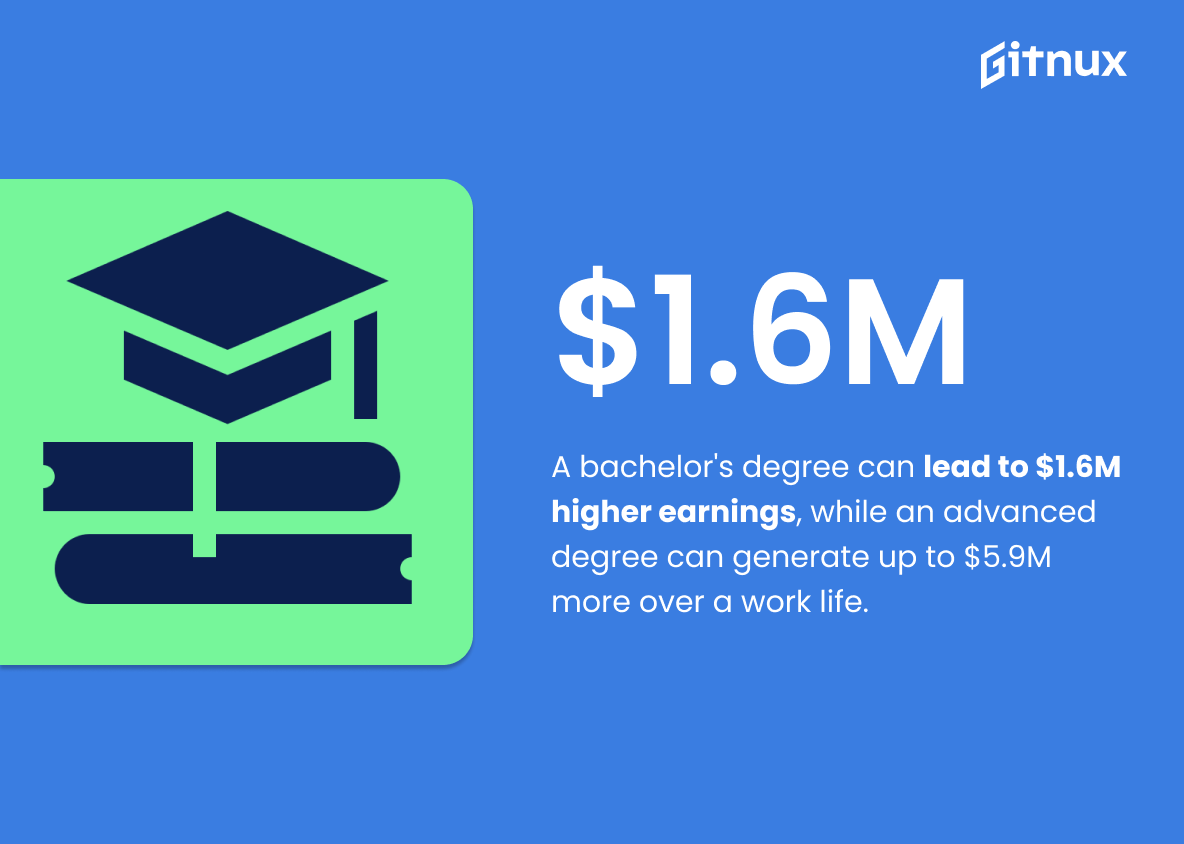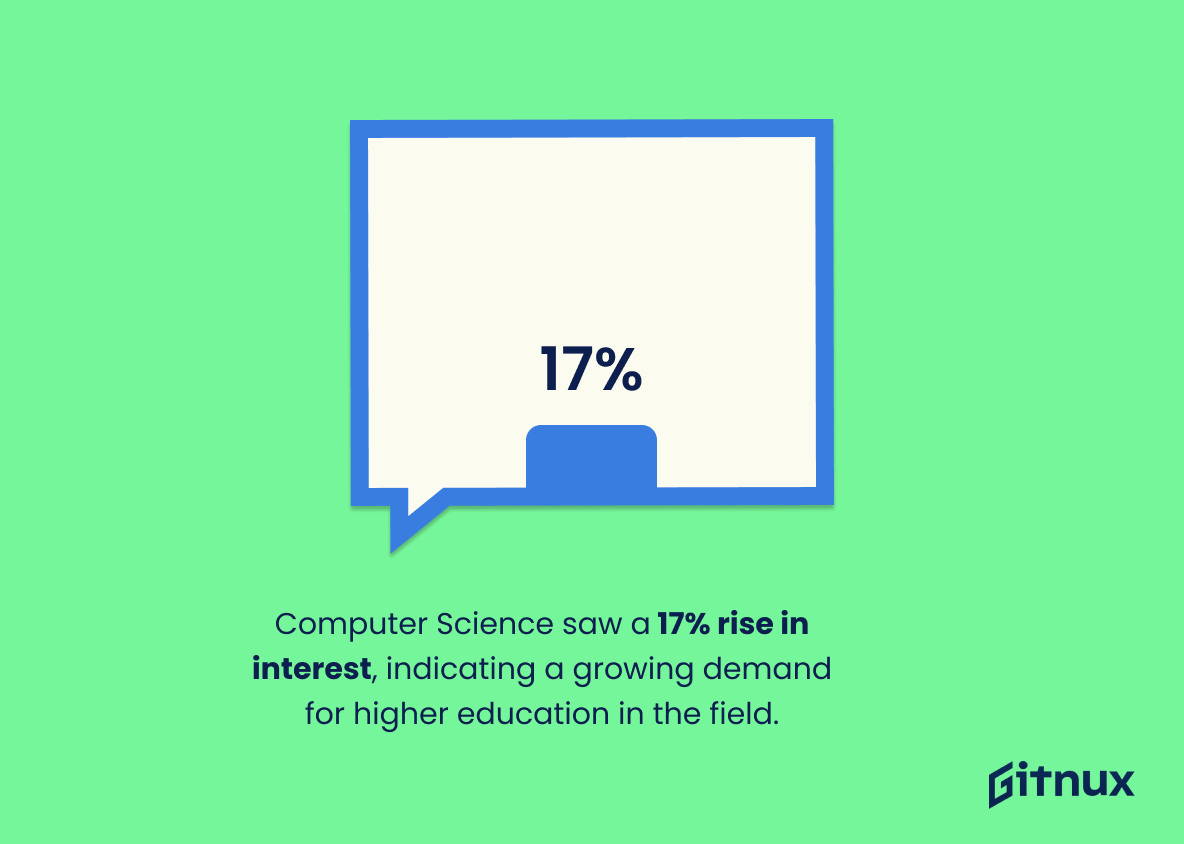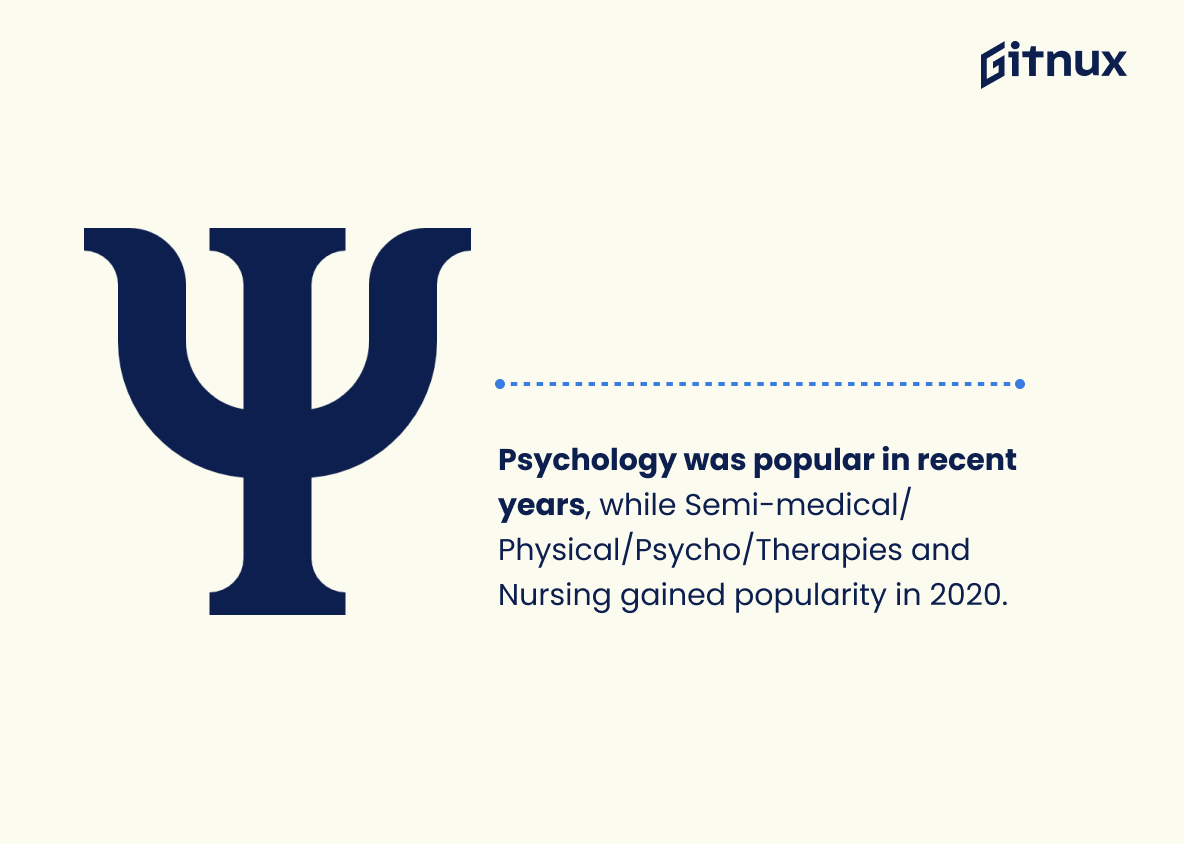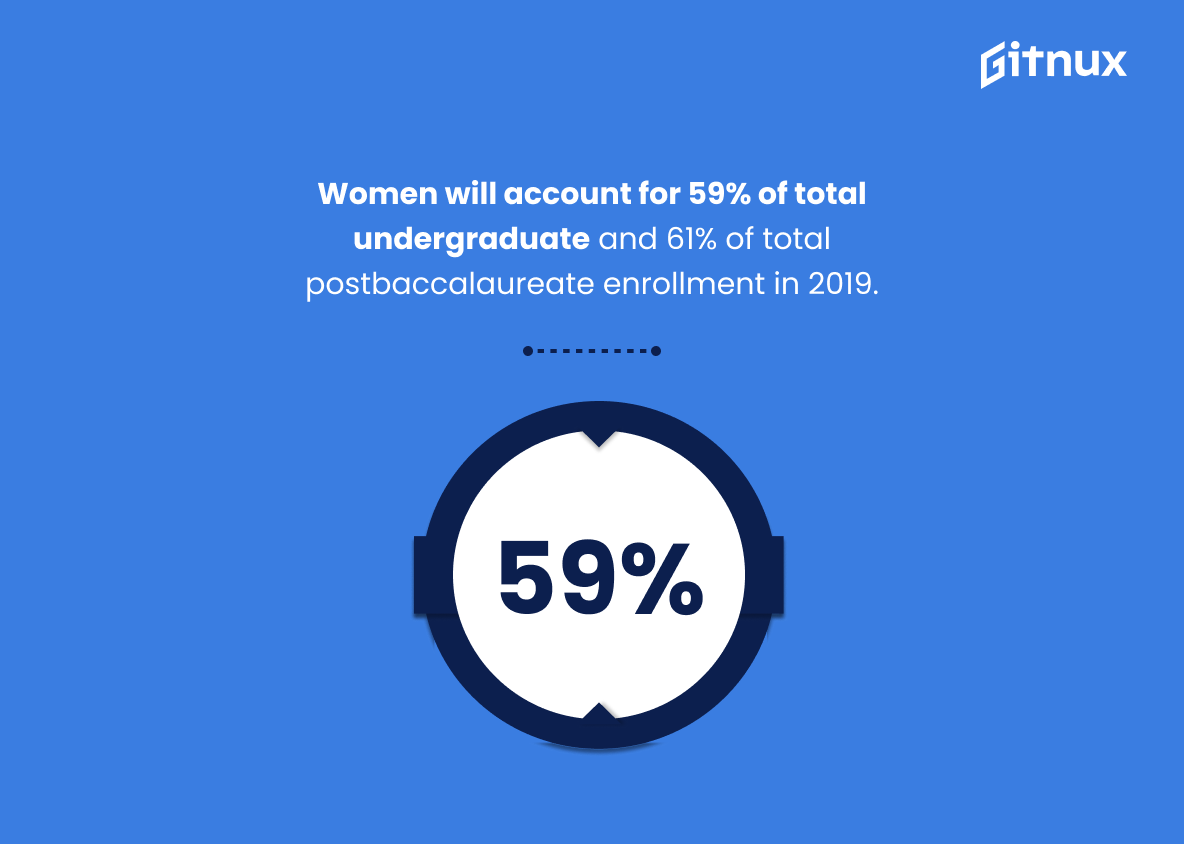Higher education is a major factor in the success of individuals and society as a whole. With the cost of college tuition rising, it is important to understand the current state of higher education in order to make informed decisions about the future of education. In this blog post, we will explore the latest higher education statistics to gain a better understanding of the current landscape of higher education.
We will look at enrollment trends, student debt, graduation rates, and more. By understanding the current state of higher education, we can make informed decisions about the future of education and ensure that everyone has access to the educational opportunities they need to succeed.
Higher Education Statistics 2024: Key Insights And Trends
A college graduate with a bachelor’s degree will earn $1.6 million more than a high school graduate over a work life, and an advanced degree can generate up to $5.9 million in earnings.
Women will account for 59% of total undergraduate and 61% of total postbaccalaureate enrollment in 2019.
Higher Education Statistics: Statistics Overview
College tuition costs have more than doubled in the 21st century, with an annual growth rate of 7.1%.
This statistic is important because it highlights the increasing cost of higher education and the impact it has on students and their families. It also demonstrates the need for more affordable options to ensure that students can access higher education without having to take on a large amount of debt.
The US has the highest average tuition at both public and private colleges in the OECD, with an average public tuition of $8,202 annually.
This statistic matters in the context of Higher Education Statistics because it provides insight into the cost of higher education in different countries. It is important to compare tuition costs across countries to understand the affordability of higher education and the potential impact of tuition costs on access to higher education.
China’s higher education system has grown significantly since 1999. This matters in the context of higher education statistics because it shows the importance of education in China and the commitment of the government to invest in the development of its higher education system. This growth can be seen in the increasing number of students enrolled in higher education institutions, the number of universities and colleges, and the number of research and development projects. This growth has also led to an increase in the quality of education in China, which has a positive impact on the country’s economy and society.
Over the period of 2011-2021, the number of employees in higher education in Sweden increased from 73,000 to 79,000, while the number of students initially decreased before increasing again from 2016.
This statistic is important as it shows the growth of higher education in Sweden over the past decade. It is also important to note that the number of students initially decreased before increasing again, which could indicate a shift in the focus of higher education in Sweden. This could be indicative of a larger trend in higher education, which could be important to consider when looking at the future of higher education in Sweden.
College graduates with at least a bachelor’s degree had a much higher employment rate than those with less than a high school diploma in 2017.
This statistic matters in the context of Higher Education Statistics because it demonstrates the value of higher education in terms of employment opportunities. It shows that individuals with higher levels of education are more likely to be employed, and thus it is important to consider the benefits of higher education when making decisions about educational attainment.
A college graduate with a bachelor’s degree will earn $1.6 million more than a high school graduate over a work life, and an advanced degree can generate up to $5.9 million in earnings.
This statistic matters in the context of Higher Education Statistics because it demonstrates the potential financial benefits of obtaining a higher education. It also highlights the importance of continuing education beyond a bachelor’s degree for those who wish to maximize their earning potential.
Computer Science saw the most significant increase in interest with a 17% rise – this is important as it shows the growing demand for higher education in this field.
Psychology remains the most searched subject over the last two years, with Semi-medical/ Physical/ Psycho/ Therapies and Nursing jumping up in the rankings in 2020.
Why it matters: This statistic is important because it shows the changing trends in Higher Education, with new subjects entering the top ten for the first time. It is also important to note that Psychology remains the most searched subject, indicating that it is still a popular choice among students.
Women’s higher education participation level has surpassed that of men, at 56.6% compared to 44.1%. This is important because it highlights the need for more attention to be paid to the underachievement of young men in higher education, in order to strive for equality.
Women will account for 59% of total undergraduate and 61% of total postbaccalaureate enrollment in 2019.
This statistic matters in the context of Higher Education Statistics because it shows the increasing number of women enrolling in higher education and earning degrees. This is important because it shows that more women are pursuing higher education and are taking advantage of the opportunities available to them.
Conclusion
In conclusion, higher education statistics provide a valuable insight into the current state of higher education. They can be used to inform decisions about how to improve the quality of higher education and to identify areas of potential growth.
By understanding the current trends in higher education, institutions can make better decisions about how to allocate resources and develop strategies to ensure that their students have the best possible educational experience.
References
1 – https://educationdata.org/average-cost-of-college
2 – https://www.businessinsider.com/how-much-college-costs-around-the-world-2017-9?r=US&IR=T
3 – https://www.researchgate.net/figure/Data-on-the-number-of-general-higher-education-institutions-new-student-spots-and_fig1_325803651
4 – https://www.statista.com/statistics/526373/sweden-number-of-employees-in-higher-education-institutions/
5 – http://thememphiseconomy.com/news/2018/4/9/a-brief-on-the-benefits-of-a-college-education
6 – http://thememphiseconomy.com/news/2018/4/9/a-brief-on-the-benefits-of-a-college-education
7 – https://www.idp-connect.com/articles/education-marketing/how-content-subjects-trends-have-changed-over-the-last-year
8 – https://www.idp-connect.com/articles/education-marketing/how-content-subjects-trends-have-changed-over-the-last-year
9 – https://www.hepi.ac.uk/2020/03/07/mind-the-gap-gender-differences-in-higher-education/
10 – https://superscholar.org/the-gender-gap-in-higher-education/
